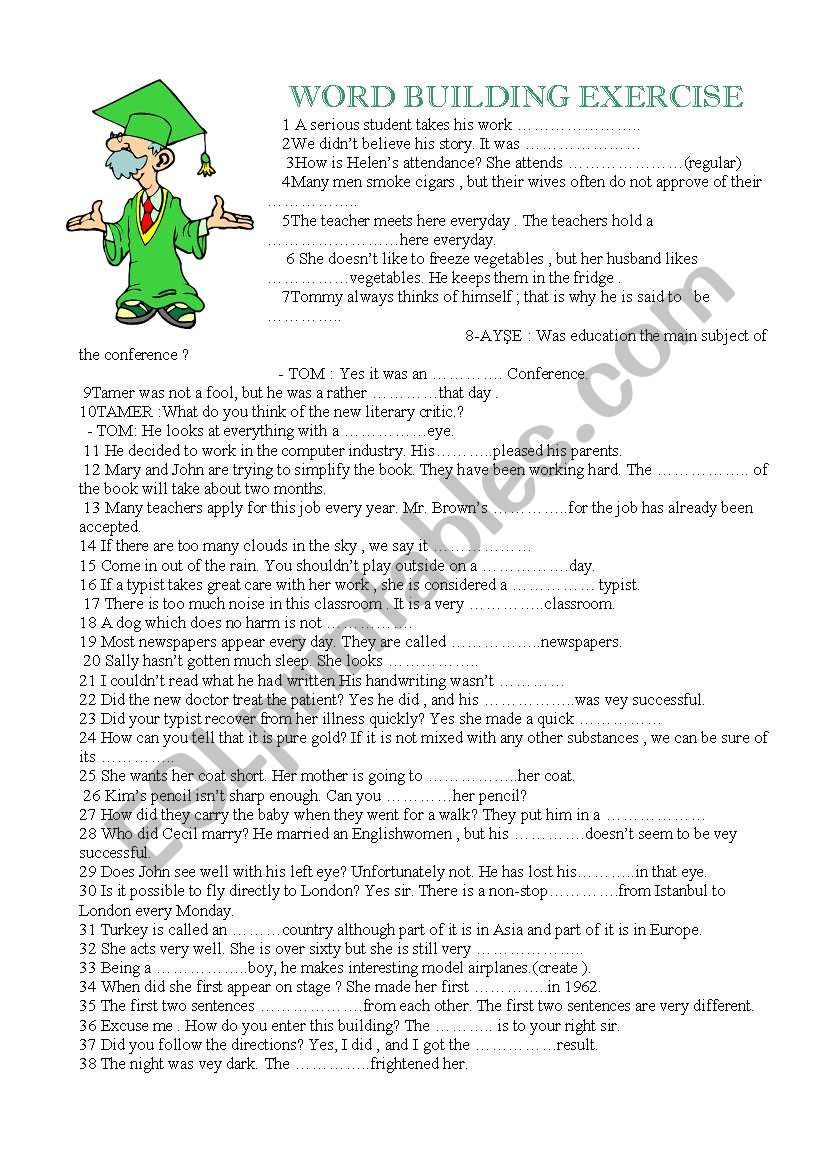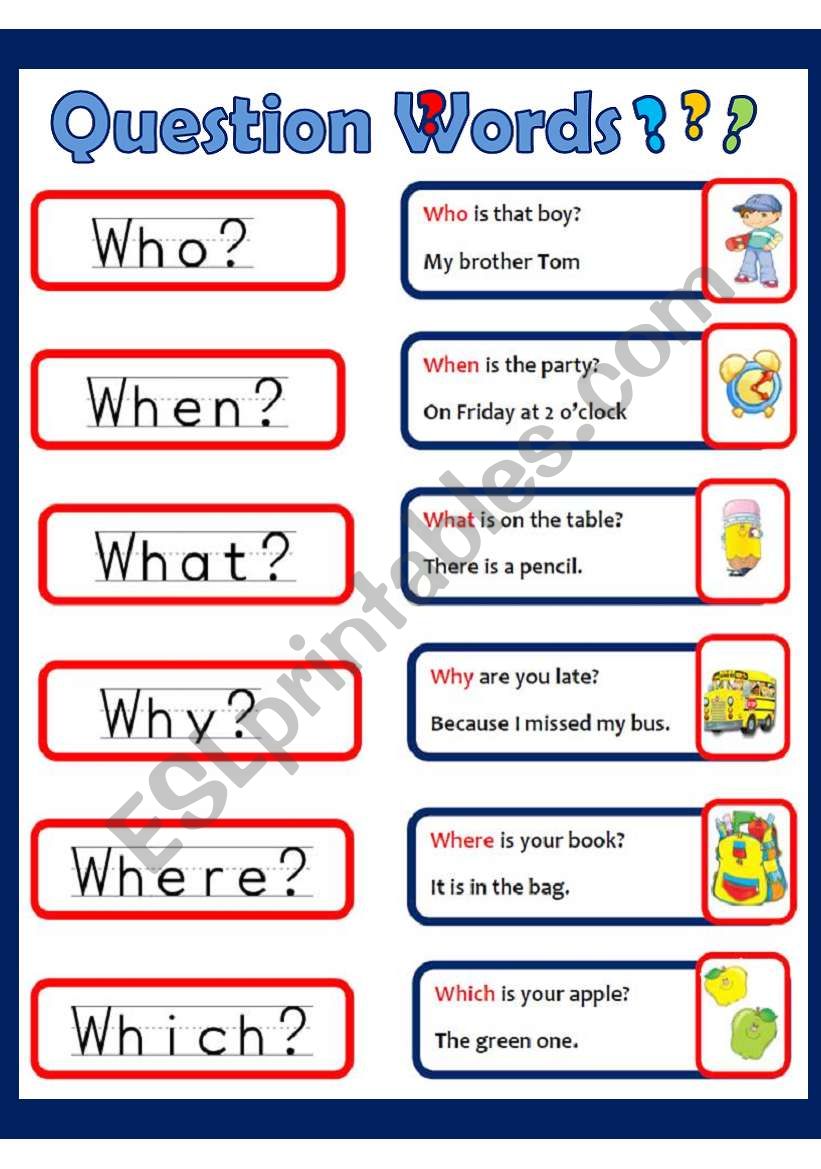
- #Question with the word build how to
- #Question with the word build pro
- #Question with the word build free
“You bought 300 apples over the past year.
#Question with the word build pro
🏆 Pro tip: we actually think it’s worth encouraging negative feedback from survey respondents! An easy way to do it is by emphasizing the fact that honest answers are crucial to improving a product/service: Some customers may find it too hard to leave negative feedback if your questions are worded poorly.įor example, “We hope there wasn’t anything bad about your experience with us, but if so, please let us know” is better phrased neutrally as “Let us know if there was anything you’d like us to do differently.” It might sting a little to hear negative comments, but it’s your biggest opportunity to really empathize with customers and fuel your UX improvements moving forward. It’s often easy to lead your customers to the answer you want, so make sure you’re following these guidelines: 1. 📚 Read more: here’s some expert advice on which product questions to ask when your product isn't selling.
#Question with the word build how to
Ask users where you missed the mark today, and you’ll know how to properly set, and meet, expectations in the future. If you missed the expectations set by a customer, you may have over-promised or under-delivered.

Issues could range from technical bugs to lack of product range: you won’t know until you ask. What can we improve?Īn open platform for your customers to tell you their pain points is far more valuable for improving customer satisfaction than guessing what improvements you should make. For example, maybe you offer regular coupons to increase sales, but customers don’t mention lower prices as their reason for purchasing-this could prompt you to evaluate future discounting decisions and consider price changes. Spotting your strengths helps you showcase your value to more users, and could lead to further business insight beyond UX. Open-ended questions are perfect for finding out: What did customers enjoy about our business?

Start from a closed-ended question, which usually costs people little effort to answerĬontinue with a follow-up open-ended question, which gives them an opportunity-should they want to take it-to elaborate on the answer. You can accomplish it by combining open- and closed-ended questions as part of the same survey: 🔥 Pro tip: when surveying people on your website, ask questions that can help you find out both the what and the why behind your users’ actions.
#Question with the word build free
So if it’s qualitative data like this you’re after, the easy way to convert closed-ended into open-ended questions is to think about the range of possible responses and re-word your questions to allow a free answer. The open-ended questions in the right column give customers an opportunity to provide additional information and help you understand the context behind a problem or learn more about your USPs ( unique selling points) instead. for example, did the proportion of people who declared themselves happy with your website change in the last 1, 3, 6, 12 months?

These answers can give you the general sentiment of each user and a few useful data points about their satisfaction, which can help you look at trends and percentages All the closed questions in the left column can be answered with a one-word answer, specifically Yes or No.


 0 kommentar(er)
0 kommentar(er)
